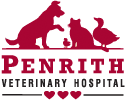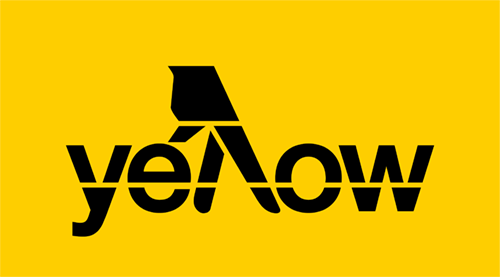Save time
In order to ensure that your appointment with us goes smoothly, please fill out our admission form prior to arrival.
Please ensure you can be contacted on the day of the procedure. Not only do we want to let you know how your pet is after their procedure, we also will need to contact you if there are any complications or variations in requirements for your pet.
Please allow approximately 20 minutes at admission time and 30 minutes at the time of your pet’s discharge from hospital so that we can ensure that you understand your pet’s' needs and follow-up treatment. Consider how you might confine or restrict your pet’s activity after their procedure. Confinement to a room or an area and taking them outside to toilet on a lead may be helpful.
There will be little or no physical care of a surgical wound required, but examining a surgical wound at least twice daily is important to ensure that your pet’s wound is healing appropriately. Report any complications or difficulties. If your pet is in pain or damaging their surgery site or appears unwell, we will ask you to call us as soon as possible.
The Risk of Anaesthesia
It is important to understand that there are inherent risks associated with anaesthesia and sedation. We endeavour to ensure that our anaesthetic techniques and monitoring are extensive and are the safest that can be provided for your pet, and we consider life-threatening risks to be exceptionally low.
However, unpredictable events such as allergic reactions can occur and be of genuine consequence to your pet. One recent report estimated the risks to be one in 1,849 in healthy dogs, one in 895 in healthy cats and one in 137 in healthy rabbits. It is also very important to consider and weigh the benefits of anaesthesia when considering a procedure for your pet. Please feel free to discuss this with us if you are unsure about your pet's procedure.
If you have any questions about any of our forms, give us a call.
Admissions form
ADMISSIONS FORM
Are you having a female pet desexed?
Please be aware that a desexing tattoo will be placed in her left ear. This is the best way to identify her as desexed after her surgery. Please let us know if you do not want her to be tattooed.

